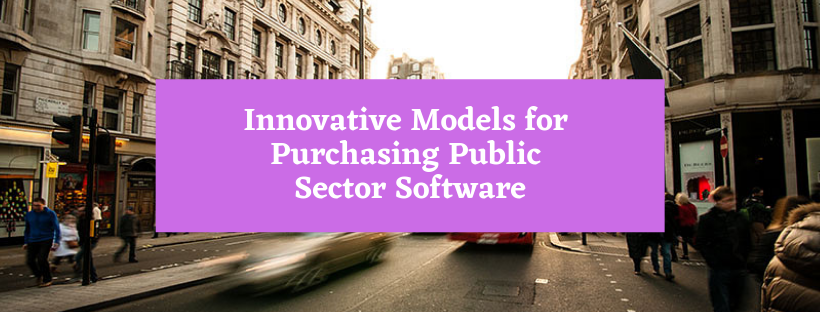
This guest blog is by ELGL member Chris Van Beke, the cofounder and CEO of Vendor Registry.
As a public purchasing professional you’ve likely become accustomed to doing more with less, while expectations in both procurement visibility and efficiency continue to grow.
The challenges you’re likely facing run the gamut: limited to non-existent budgets, mid-year purchasing needs which don’t line up with budgetary allowances, justifying the expense of sporadically-needed applications, sharing an application while footing the entire cost, unfunded mandates, and applications which only meet some of your needs.
This is where innovative pricing models – developed by software providers who specifically work with small and mid-size schools and local governments – save the public purchasing professional’s day.
- Software as a Service, the most common and user-friendly alternative pricing model for business applications.
- The “Freemium” model, which offers limited-use free products. For some smaller schools and agencies, the free limited-use product may meet many (if not all) of their needs.
- Modular software, allowing customers to purchase only those features they most value.
- The no-cost model shifts costs from the system provider/user (e.g., the local government) to businesses who benefit from convenience, data, services, etc., and, thus, are willing to pay for the system.
- Transaction and convenience fees are only incurred when the system is used, which might include the user paying a small fee based on a percentage of the transaction value.
To learn more about these innovative pricing models and, more importantly, how to take advantage of them, click here to read this white paper from Vendor Registry. World class software is a lot more available and economical (even free!) than you think.
